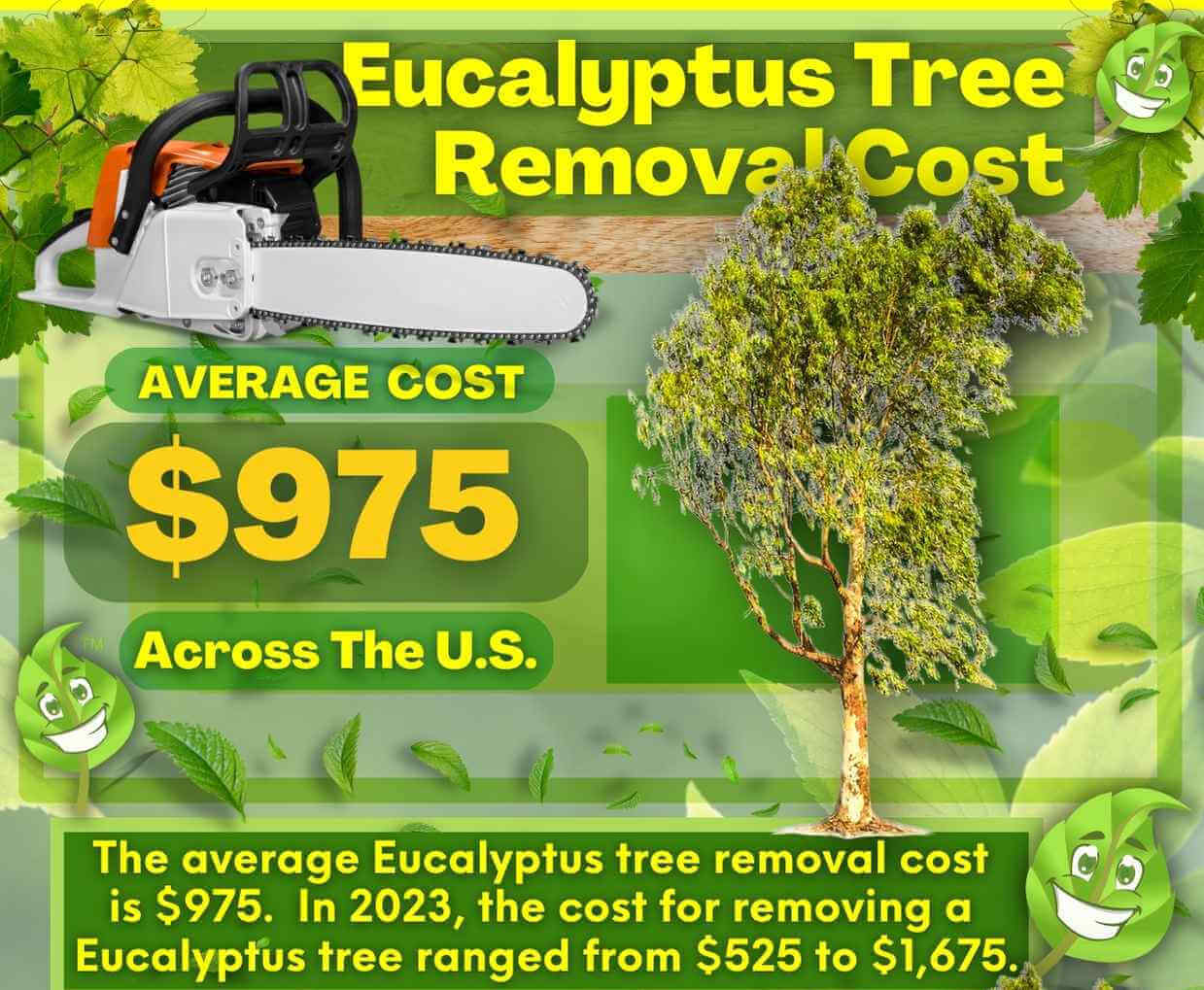Featured
Table of Contents
- – San Leandro, CA Stump Removal Special Features...
- – San Leandro, CA Tree Service Fee Breakdown
- – San Leandro, CA Tree Trimming Warning Signs: ...
- – What Affects Tree Trimming Costs In San Leand...
- – Best Tree Clearing Services In San Leandro, C...
- – San Leandro, CA Tree Clearing Replacement Costs
- – Trusted Stump Grinding In San Leandro, CA: Re...
- – Most Popular Tree Cutting In San Leandro, CA...
- – San Leandro, CA Tree Service: Cost Variables
- – San Leandro, CA Stump Removal Price Estimate...
- – Latest Arborist Costs In San Leandro, CA
- – San Leandro, CA Tree Clearing Installation C...
- – San Leandro, CA Tree Cutting Warranties: Wha...
- – Expected Costs For An Tree Trimming In San L...
- – San Leandro, CA Tree Cutting Pricing Trends

The subsections below supply more detailed details about prices, consisting of an average range for each. TypeAverage Removal CostPineConiferPalmMagnoliaArborvitaeAshCedarSweet GumEucalyptusSycamoreCypressOakMaplePoplar You can anticipate to pay between to remove a pine, depending on its size. Eliminating a pine is among the more inexpensive tasks unless it is one that has actually been around for years and is quite big.
San Leandro, CA Stump Removal Special Features Costs
Pines likewise have a tap root that grows deep into the soil, which can prove to be more tough to remove. The process itself involves a professional cutting the tree, clearing the base, cutting the surface area roots, eliminating the stump, and finally dealing with the soil. Without a professional hand, you risk leaving pine seedlings behind, which will fall from the roots of distressed pines.
San Leandro, CA Tree Service Fee Breakdown
The U.S. national average for conifer elimination is around to have the conifer cut down, carried away, and the stump ground or removed completely. Conifers are typically simpler to get rid of, and even though they can grow quite tall, they do not cost a fortune to eliminate. Conifers consist of pine, spruce, fir, and juniper trees.
San Leandro, CA Tree Trimming Warning Signs: Pricing Edition
While conifers are lovely, they eliminate native plants and particular types of lawn (tree cutting). The average rate of palm elimination depends on the height as much as the type, varying from.
What Affects Tree Trimming Costs In San Leandro, CA
That is why it is necessary to know which type you are removing. While you do not require an herbicide to eliminate a palm tree, there are some steps your elimination specialist will need to take to ensure the job is done correctly. There are 2 ways they can get rid of them: by chopping them down or digging them up.
Best Tree Clearing Services In San Leandro, CA: Pricing
From there, they eliminate the actual tree and then the stump. Expect to pay between to remove this type of tree, depending on the precise size and information of the job.
San Leandro, CA Tree Clearing Replacement Costs
There are 3 types: green, white, and black ash. White ash is known for its many colors. With its gray-tinged bark, its leaves are green or purple in the spring and golden yellow or purplish-red in the fall. They delight in moderate climates and lots of sun. The green ash is named such due to its green or yellow foliage.
Trusted Stump Grinding In San Leandro, CA: Reviews

Due to the variation in height, the elimination rate variation is broad from. A coniferous, evergreen tree, the cedar is a hardy types.
Most Popular Tree Cutting In San Leandro, CA: Pricing
The development of incorrect cedars varies from 50 feet as much as 230 feet high. Property owners may pay anywhere from, depending upon the roots. With star-shaped leaves and sensational fall colors, the sweet gum is considered a medium to big tree. Taking pleasure in full sun, the sweet gum can not endure contamination.
San Leandro, CA Tree Service: Cost Variables
Normally, it costs in between to get rid of a eucalyptus. Eucalyptus are not typical all over, however they are rather large compared to others, which is why even the smaller sized ones are so expensive to eliminate.
San Leandro, CA Stump Removal Price Estimate For Homeowners
There are a handful of methods to do this, consisting of burning, pulling, grinding, or eliminating them with herbicide. Expect to pay in between to get rid of sycamores, based upon the height, trunk size, and quantity of work included. Sycamores are among the biggest wood trees, typically ranging from 60 to 100 feet high and as broad as 15 feet.
Latest Arborist Costs In San Leandro, CA
The very first two actions will expose the withins of the tree and cut off the flow of nutrients up the trunk. From there, an expert uses herbicide to eliminate the tree and cuts down the trunk.
San Leandro, CA Tree Clearing Installation Cost Guide
There are various types of Cypress trees, however the most common are the Leyland, Arizona, Bald, and Italian. The Bald Cypress grows in swampy or extremely wet areas while the others take pleasure in a dry, warm, or hot environment (tree cutting). They can grow as tall as 80 to 100 feet high
San Leandro, CA Tree Cutting Warranties: What's Covered

Prone to illness, the Cypress is one of the most valued woods for furniture. The typical oak grows to around 60 feet, and depending upon the complexity of the removal, it costs approximately to eliminate. The specific size of your oak and the effort needed to fell it affect what you will really pay for elimination together with any additional services like stump grinding.
Expected Costs For An Tree Trimming In San Leandro, CA
Access to the trees and the roots will likewise impact the total cost. Maples can quickly mature to 100 feet or more and typically cost between to eliminate from your home. The last price depends on the real height and intricacy of the job. Maples are typically among the more pricey trees to eliminate because of their size and the work associated with the elimination.
San Leandro, CA Tree Cutting Pricing Trends
Poplars are giants of the species. Growing as high as 90 to 115 feet, these enormous lumbers are primarily found in North America and include the aspen, cottonwood, and balsam trees. Boasting an expansive root system, poplars can be expensive to get rid of when fully grown. The process to remove trees includes all the trimming and cutting of the branches and trunk, bringing it down to a stump.
Table of Contents
- – San Leandro, CA Stump Removal Special Features...
- – San Leandro, CA Tree Service Fee Breakdown
- – San Leandro, CA Tree Trimming Warning Signs: ...
- – What Affects Tree Trimming Costs In San Leand...
- – Best Tree Clearing Services In San Leandro, C...
- – San Leandro, CA Tree Clearing Replacement Costs
- – Trusted Stump Grinding In San Leandro, CA: Re...
- – Most Popular Tree Cutting In San Leandro, CA...
- – San Leandro, CA Tree Service: Cost Variables
- – San Leandro, CA Stump Removal Price Estimate...
- – Latest Arborist Costs In San Leandro, CA
- – San Leandro, CA Tree Clearing Installation C...
- – San Leandro, CA Tree Cutting Warranties: Wha...
- – Expected Costs For An Tree Trimming In San L...
- – San Leandro, CA Tree Cutting Pricing Trends
Latest Posts
Are A Stump Grinding Worth The Cost In San Leandro, CA
Sedro-Woolley, WA Tree Service Warranties: What's Covered
Budget Estimates For An Arborist In Long Hill, CT
More
Latest Posts
Are A Stump Grinding Worth The Cost In San Leandro, CA
Sedro-Woolley, WA Tree Service Warranties: What's Covered
Budget Estimates For An Arborist In Long Hill, CT